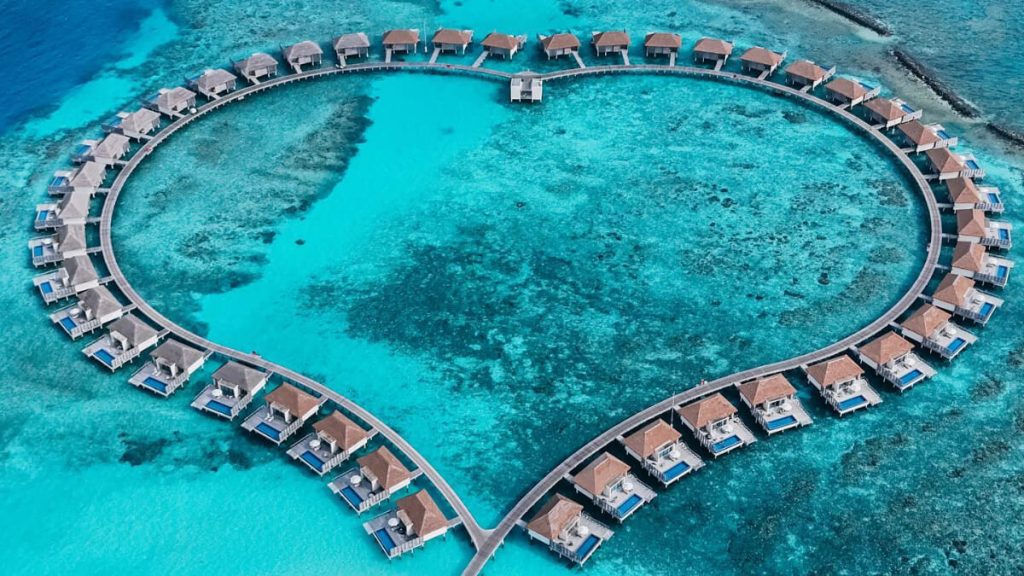Many of America’s poorest towns weren’t always facing hard times. In fact, some of them are former boomtowns that used to boast prosperous economies and flourishing industries. Using figures from the US Census Bureau’s American Community Survey and Data USA, we examine how prosperity turned to poverty in towns and cities nationwide.
Whigham, Georgia: From Agricultural Hub to Economic Downturn
Whigham, Georgia, took a severe hit during the Great Depression, drastically reducing its population from its late 19th-century beginnings as a thriving agricultural town. Despite a small peak in 2000, its population declined to 552 by 2020. This southern town, originally flourishing with farms and agricultural businesses, now struggles with a 13.7% poverty rate.
West Blocton, Alabama: The Rise and Fall of a Coal Town
Around 3,600 residents thrived in West Blocton, Alabama, at the height of the coal industry. However, a devastating fire in 1927, followed by the 1929 stock market crash, led to its decline. Today, it houses around 1,200 people, facing a poverty rate of 18.5%, with a median household income of $33,625.
Bogalusa, Louisiana: Timber’s Decline
Once a booming timber town, Bogalusa, Louisiana, now struggles with a 31.5% poverty rate. The timber industry’s decline in the 1960s left the city with diminished prosperity. Today, with a median income of $31,976 and only 9.7% of its adults holding a bachelor’s degree, the place reflects the hardships faced post-industry.
Camden, Arkansas: From Cotton Fields to Economic Hardships
In the late 1800s, Camden, Arkansas, was a vibrant hub due to its thriving cotton trade. However, post-WWII changes in agricultural practices and foreign competition decimated local production. Now, Camden struggles with a poverty rate of 31.8% and a median household income significantly below the national average.
Brunswick, Georgia: The Ebb and Flow of Fortunes
Brunswick, Georgia, experienced fluctuating fortunes, originally thriving through naval stores and timber production. Despite the ongoing strength of the timber industry nationally, Brunswick hasn’t benefitted, resulting in a poverty rate of 34.7% and a stark drop in median household income.
Laurinburg, North Carolina: Textile Boom to Bust
Laurinburg, North Carolina, once prospered through its textile industry. Despite a rich history of economic prosperity around textile manufacturing, the industry’s shift away from smaller towns has left Laurinburg with a poverty rate of 36.6% and a reduced median household income.
Braddock, Pennsylvania: Steel’s Legacy Lost
Braddock thrived with a strong steel industry until its decline in the 1970s. Once a bustling economic locale, the borough situated in the eastern suburbs of Pittsburgh now endures a high poverty rate of 36.7%. The significant decrease in population and economic output starkly contrasts its industrious past.
East Cleveland, Ohio: Industrial Decline and Economic Struggles
In its industrial prime, East Cleveland, Ohio, was a magnet for manufacturing jobs and economic growth. Today, it suffers from a 37.5% poverty rate, with incomes and employment opportunities far below their historical peak. The closure of major factories like General Electric has had a lasting impact.
Ville Platte, Louisiana: From Oil Boom to Economic Gloom
Ville Platte, Louisiana, experienced economic highs with the discovery of oil and the establishment of a carbon black plant. However, with a current poverty rate of 41.4% and minimal local employment, the town’s past prosperity is just a memory.
Brownsville, Florida: Social Shifts and Economic Downturns
In the early 1900s, Brownsville, Florida, was a flourishing area for Black professionals. However, demographic and social changes post-WWII led to the decline of locally owned businesses. Despite its historical significance today, it grapples with a poverty rate exceeding 40%.
Springhill, Louisiana: Timber and Paper Industry’s Decline
Springhill, Louisiana, sustained its economy through timber and paper industries until the International Paper Company’s mill was closed in 1979. Since then, the town has faced a poverty rate of 45.6%, reflecting the broader struggles of small industry towns.
Hamtramck, Michigan: Auto Industry Impact
Once known for its thriving automobile manufacturing, Hamtramck, Michigan, has since struggled as industries have moved or closed, including the significant loss marked by General Motors’ plant closure. The town now suffers from a poverty rate of 46.5% and declining economic opportunities.
Cairo, Illinois: Historical Highs to Economic Lows
Cairo, Illinois, was poised for prosperity post-Civil War with booming rail and ferry industries. However, a series of challenges over the century led to economic decline, and today, it faces a poverty rate of 46.5% with a significantly reduced population.
Wichita, Kansas: Aviation’s Decline
Once celebrated as “The Air Capital of the World,” Wichita, Kansas, has seen its aerospace sector struggle, mainly after key companies like Boeing left. This historical manufacturing hub now ranks lower in wealth than its mid-20th-century status. Then again, you can always visit its museums and award-winning food and drink establishments.
Stockton-Lodi, California: Housing Boom and Bust
The financial crisis hit Stockton, California, hard, culminating in a bankruptcy declaration following a housing market collapse. This metropolitan area, once fueled by economic growth, now struggles with a high unemployment rate and significant economic challenges. One good thing, though, is its quality educational institutions, like the University of the Pacific.
Johnstown, Pennsylvania: Steel’s Disappearing Act
Johnstown, Pennsylvania, was a leading steel producer, but it is now grappling with economic stagnation and a high poverty rate. The town’s decline from industrial powerhouse to economic hardship is reflected in its 33.7% poverty rate. Communities faced challenges related to manufacturing industries that no longer sustained their economies.



